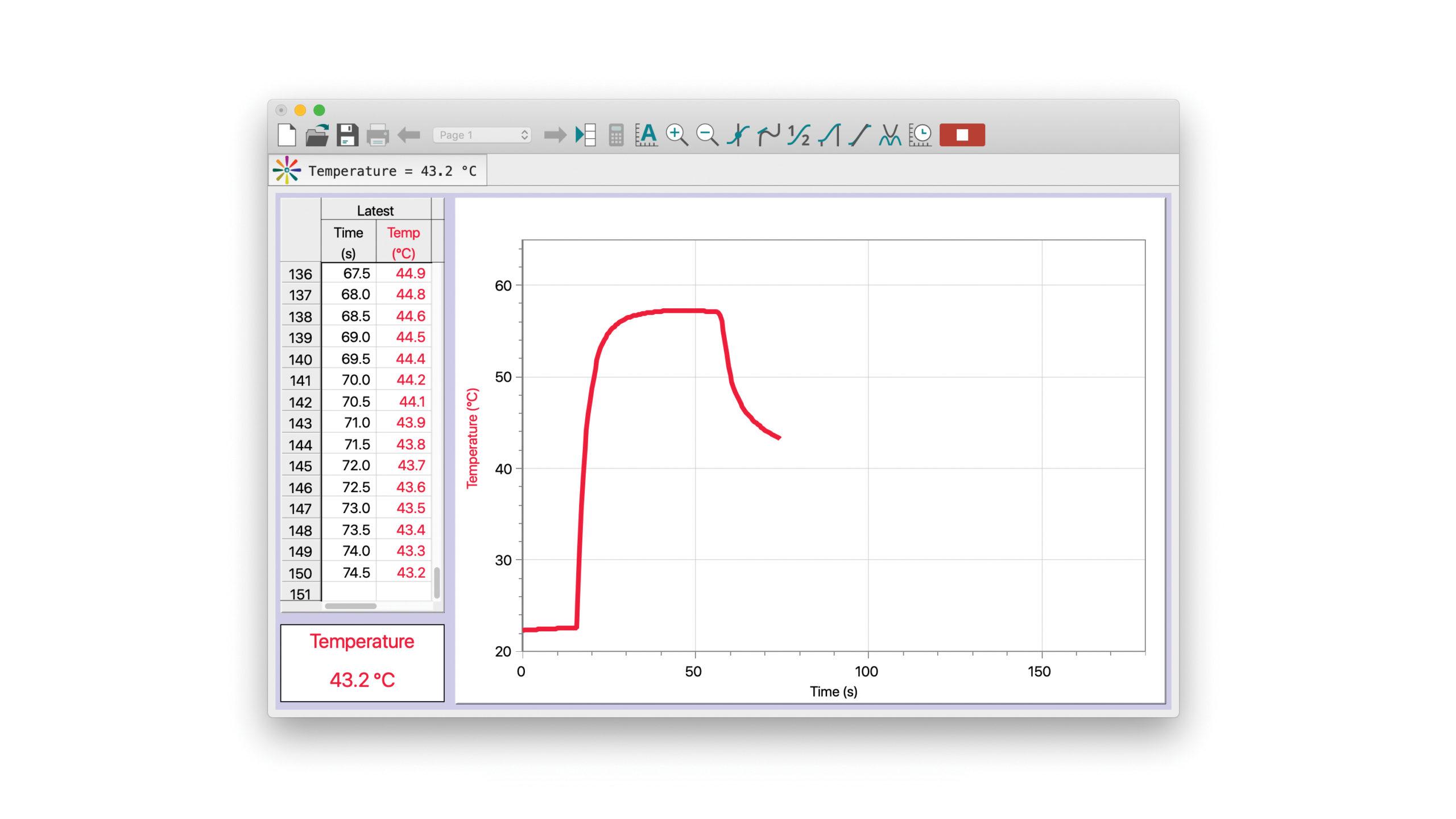Introduction
In 1820, Hans Christian Oersted observed that electric currents create magnetic fields. Consequently many scientists made unsuccessful attempts to create current in the presence of magnetic fields. After over 10 years of investigation Michael Faraday and Joseph Henry, working independently on different sides of the Atlantic, made the discovery that if a conducting coil has a changing magnetic flux passing through it an electromotive force is created that causes a current to flow through the coil. The equation describing this phenomenon quantitatively is known as Faraday’s Law.
Objectives
In this activity, you will
- Use Faraday’s Law to explain why the current induced in a coil (and thus the voltage) across it changes the way it does when the north or south pole of a rod shaped magnet is moved into and then back out of the center of a coil of wire at various speeds.
Sensors and Equipment
This experiment features the following sensors and equipment. Additional equipment may be required.
Ready to Experiment?
Ask an Expert
Get answers to your questions about how to teach this experiment with our support team.
- Call toll-free: 888-837-6437
- Chat with Us
- Email support@vernier.com
Purchase the Lab Book
This experiment is #32 of Physics with Video Analysis. The experiment in the book includes student instructions as well as instructor information for set up, helpful hints, and sample graphs and data.


